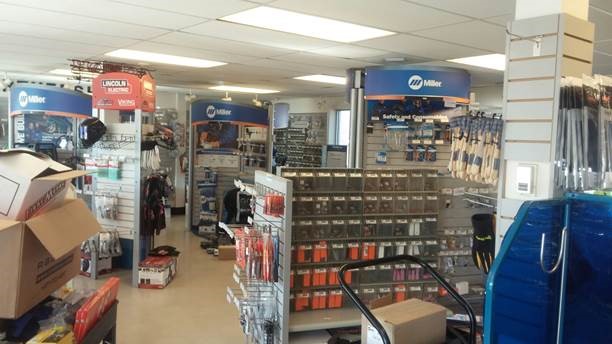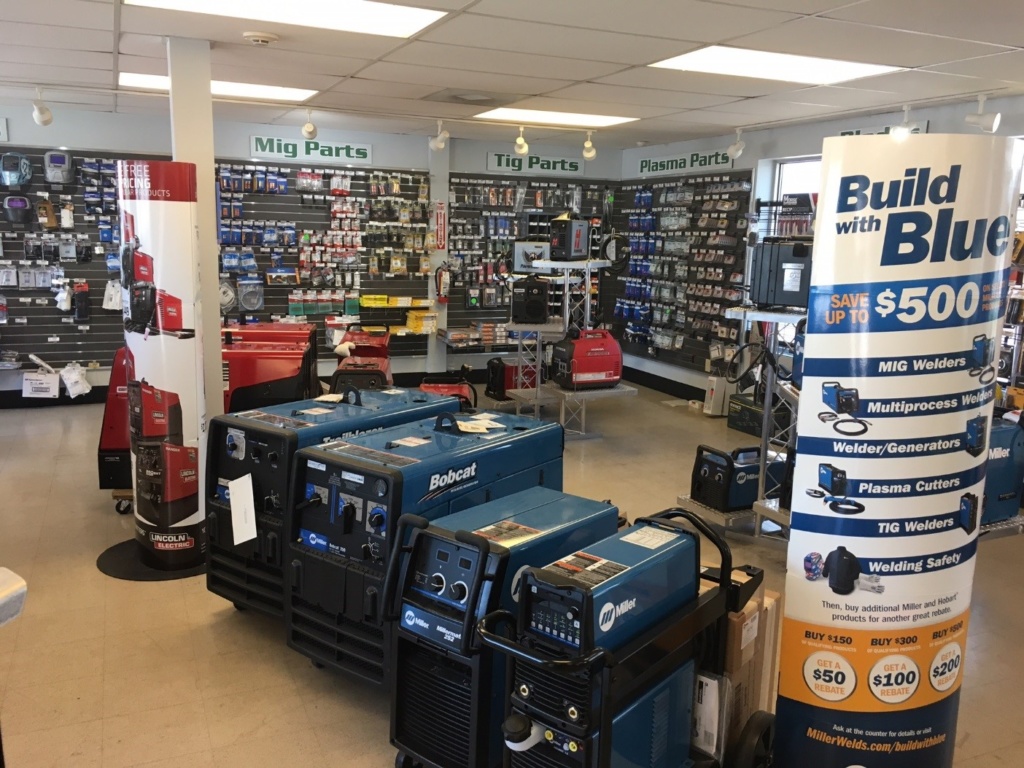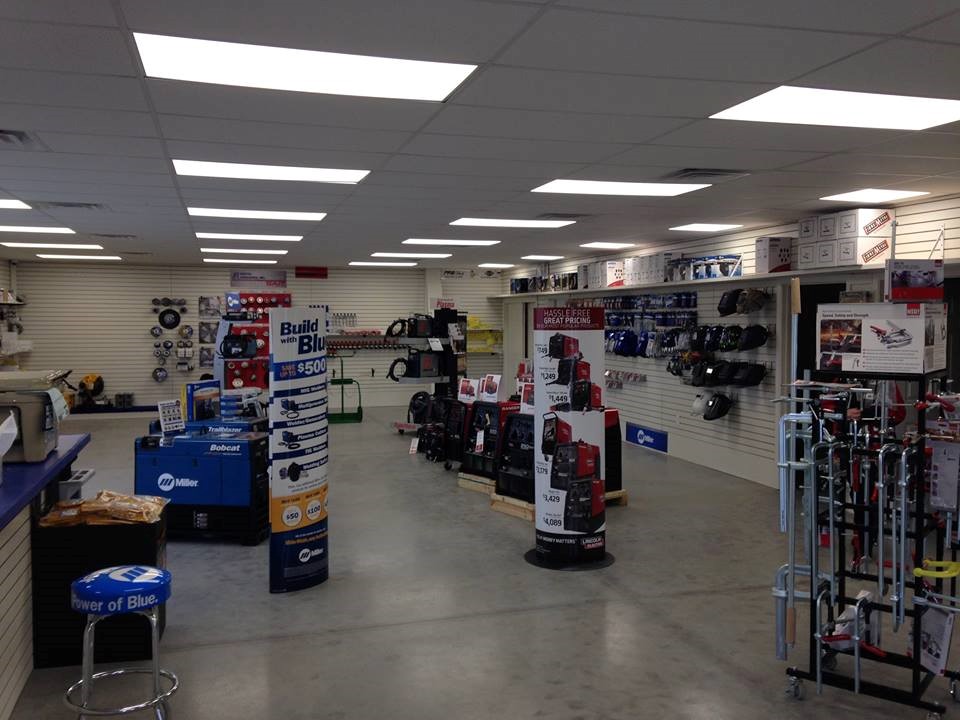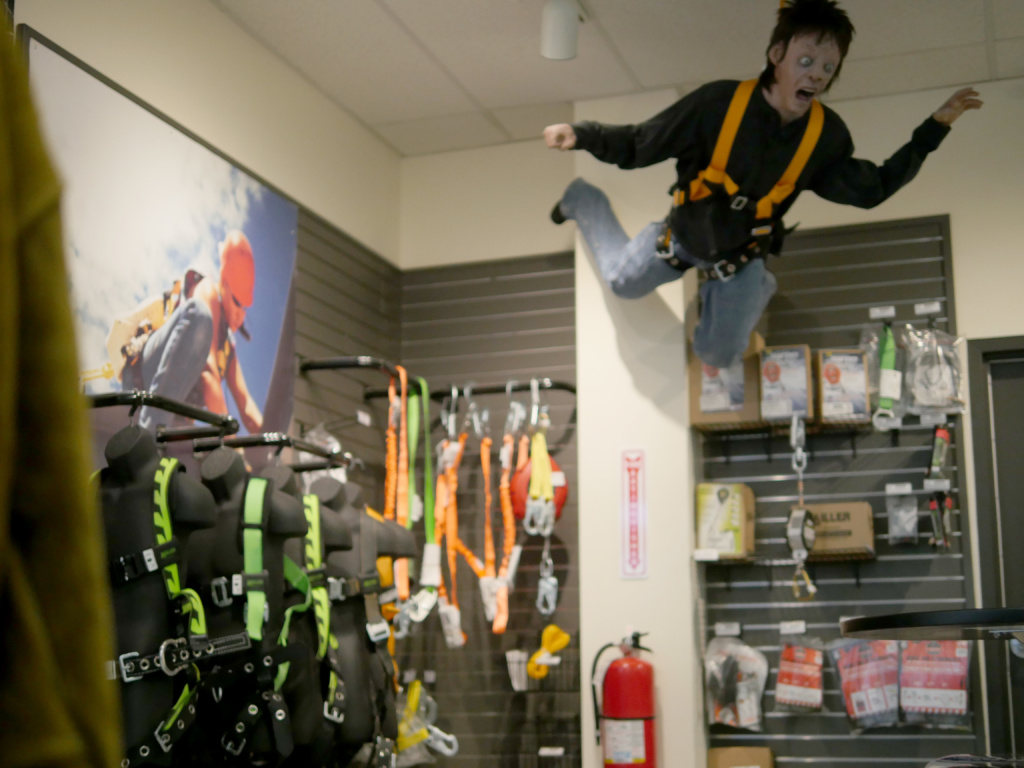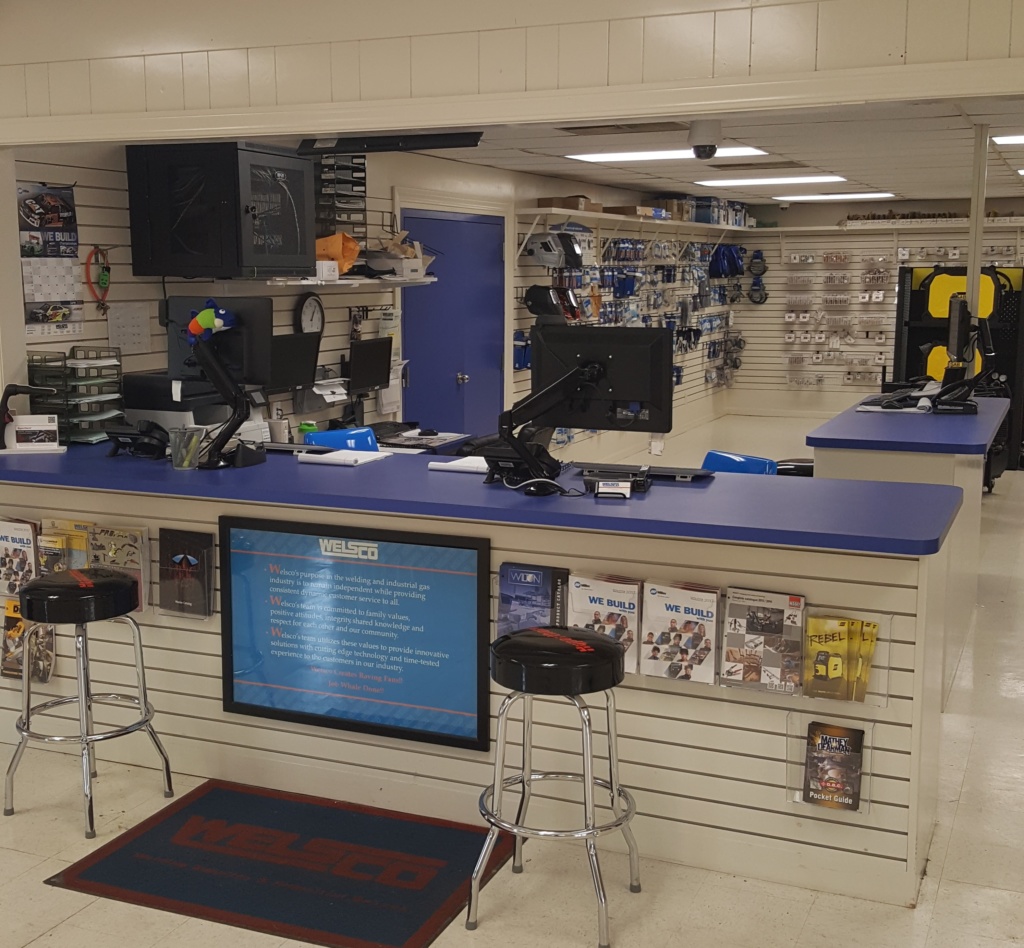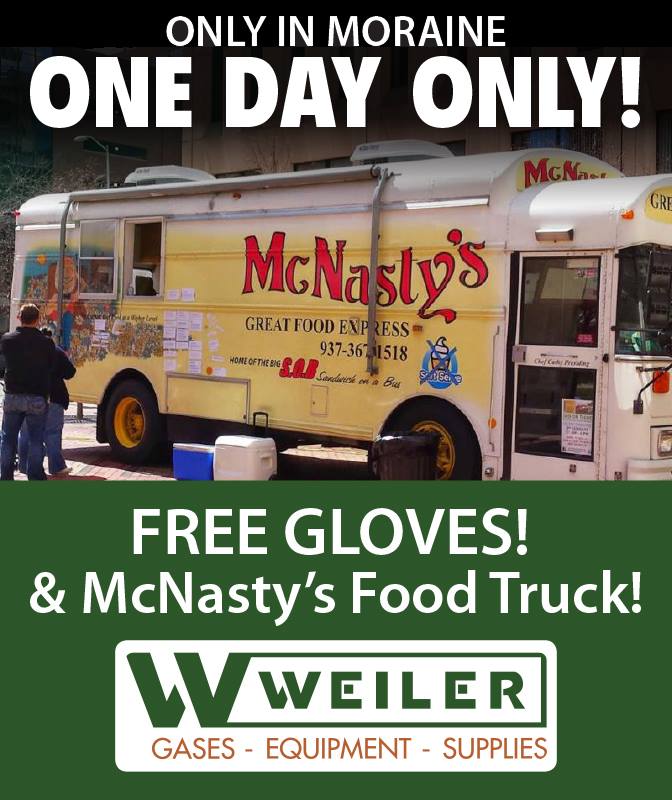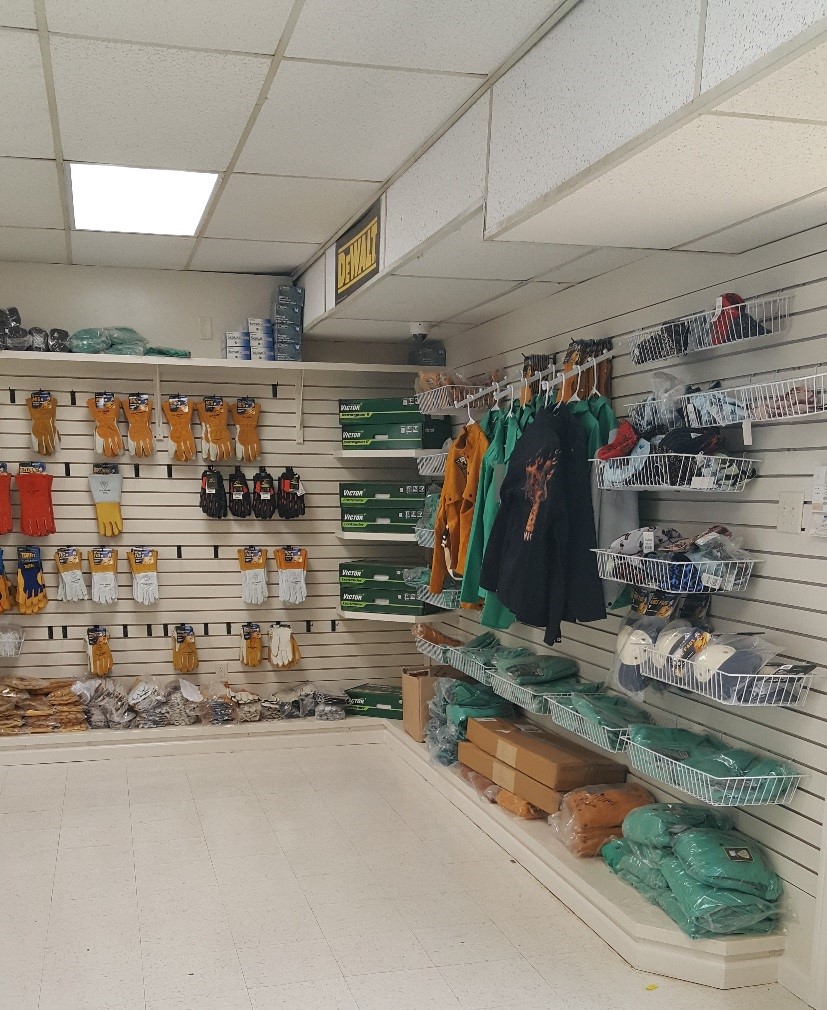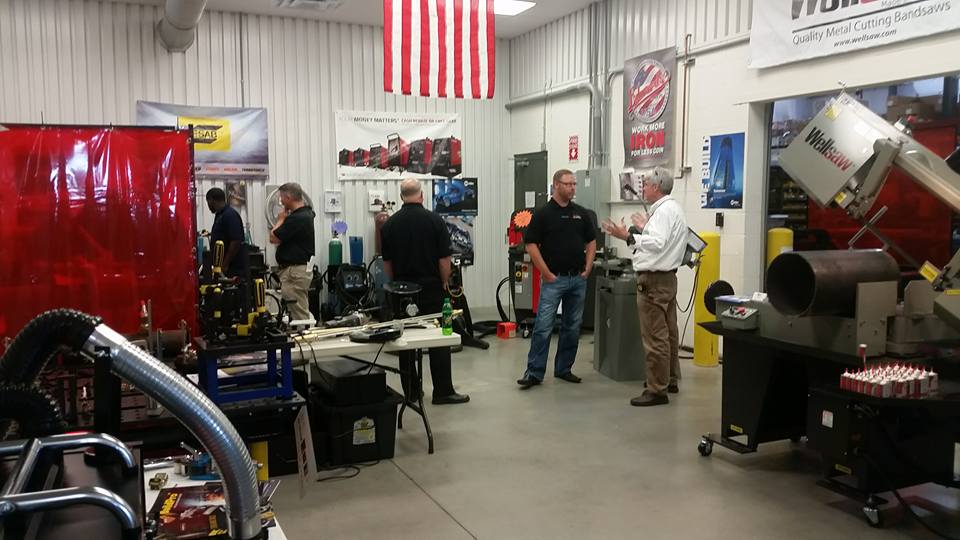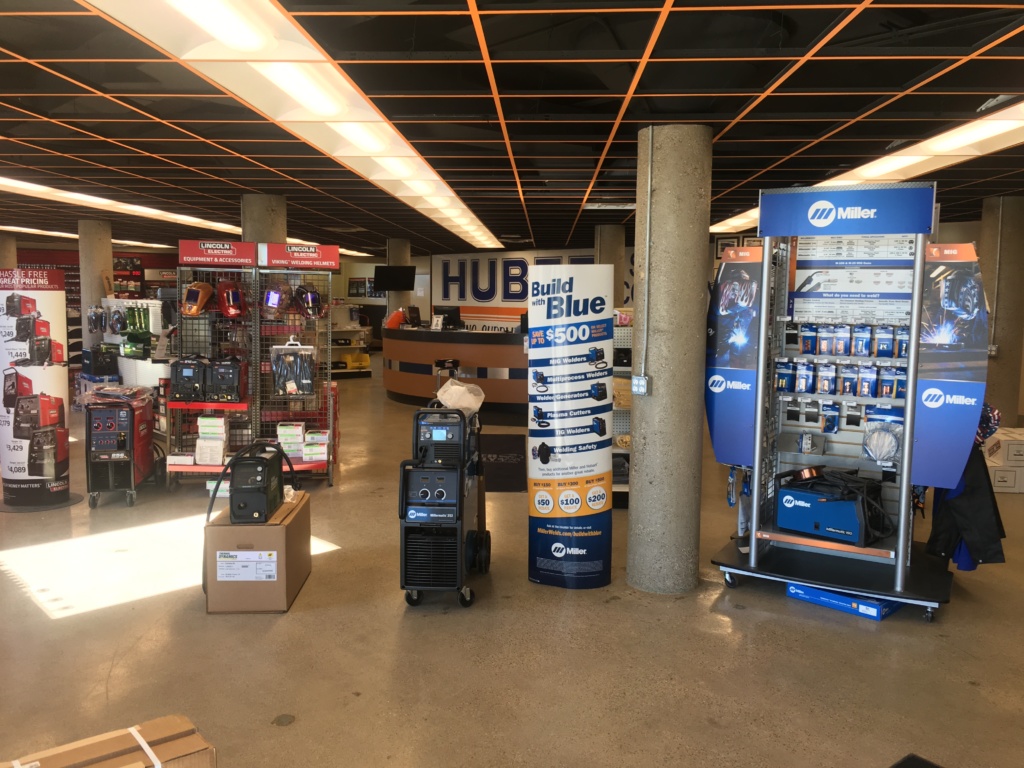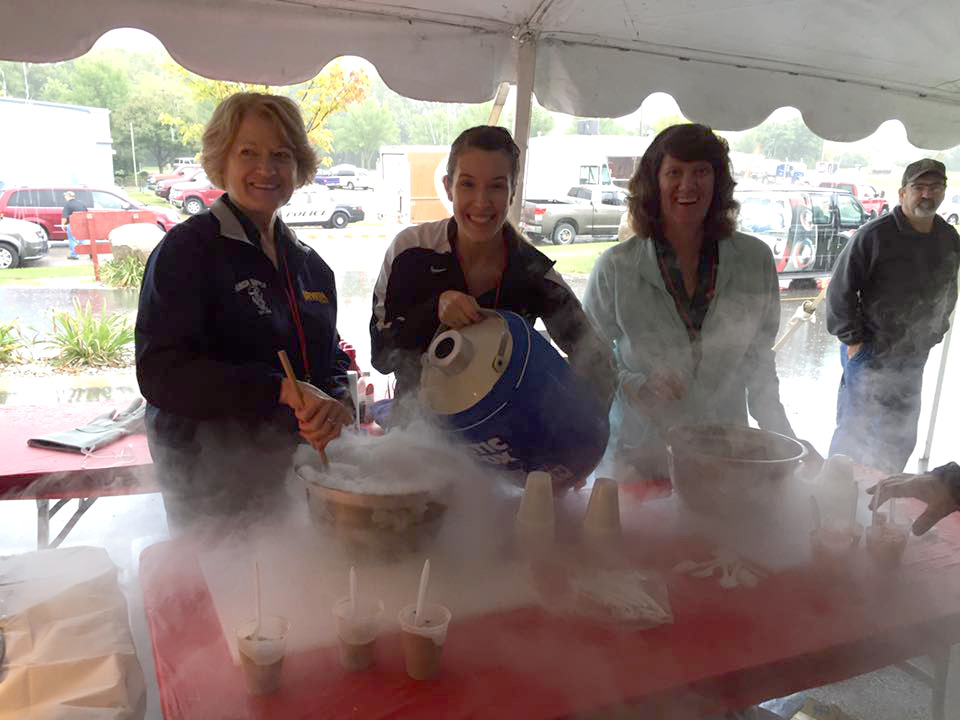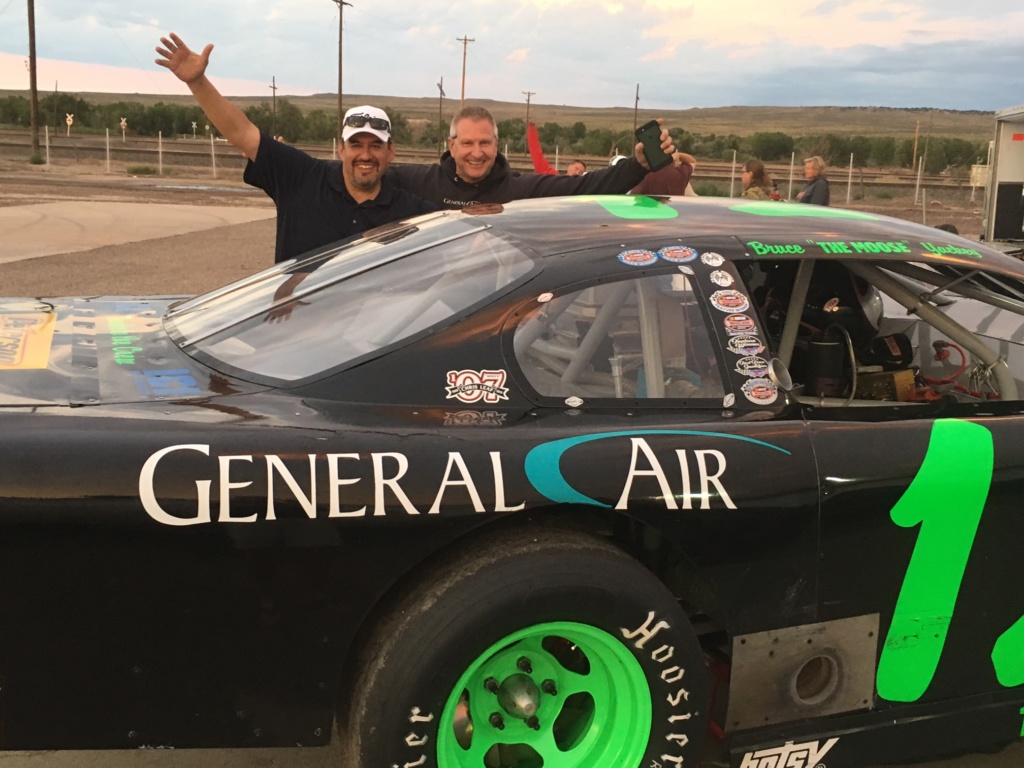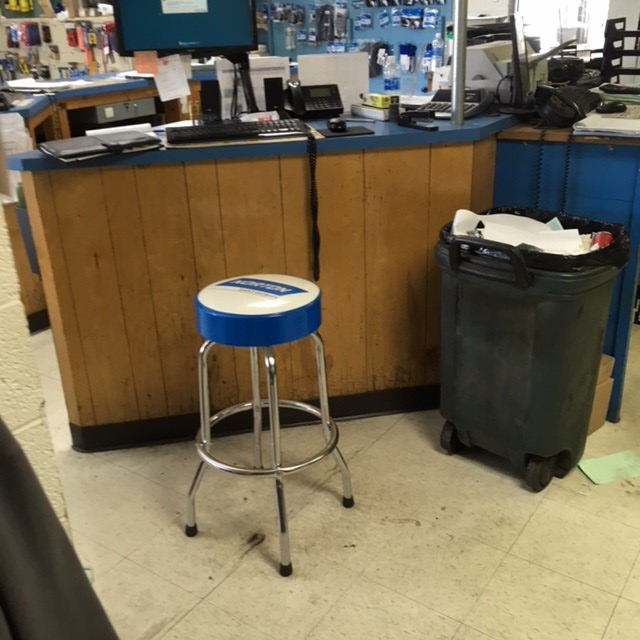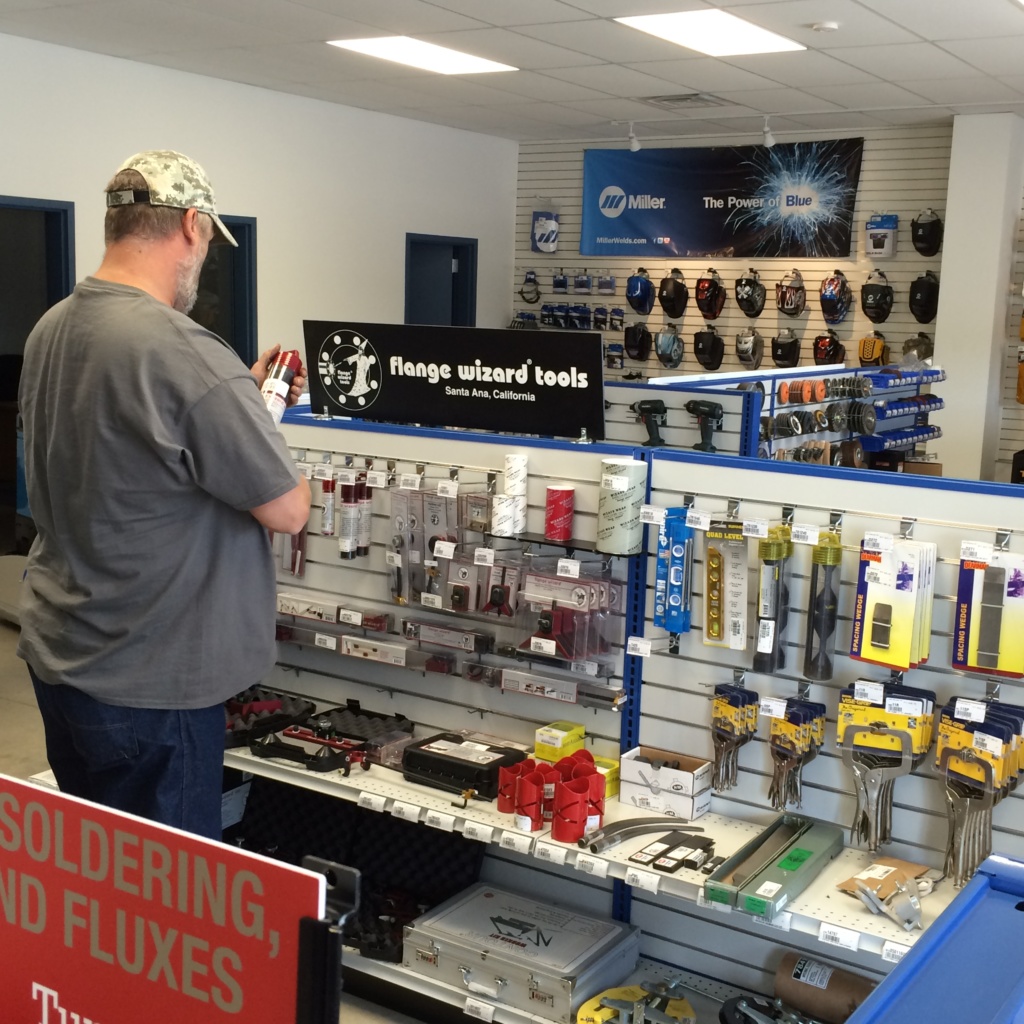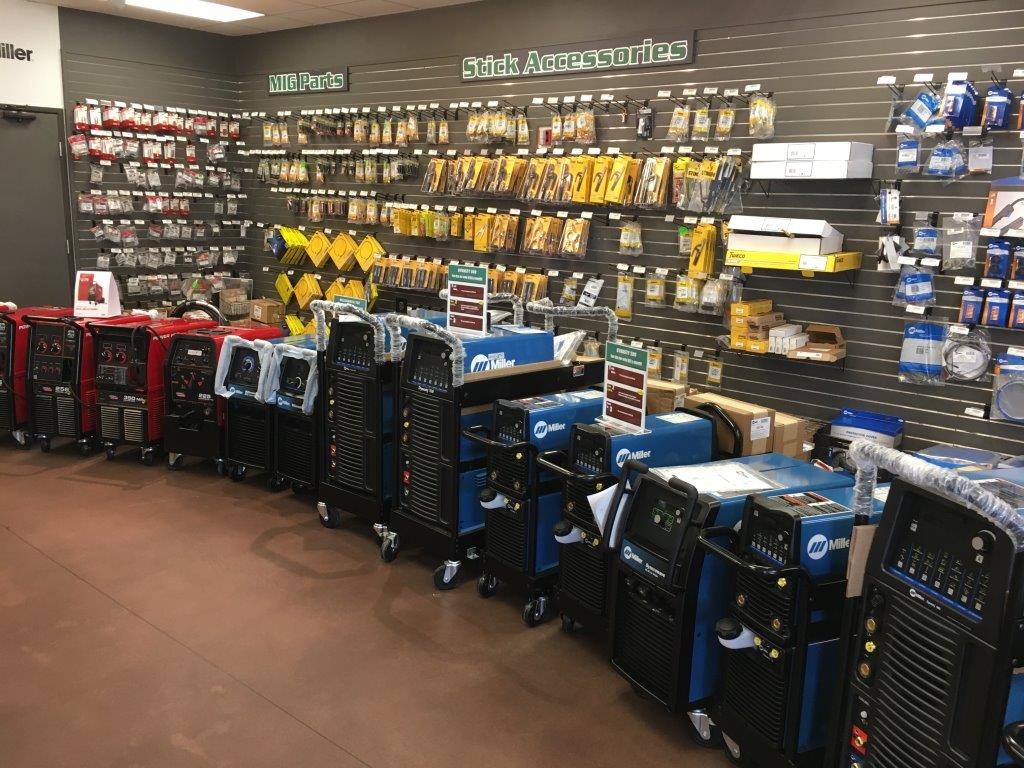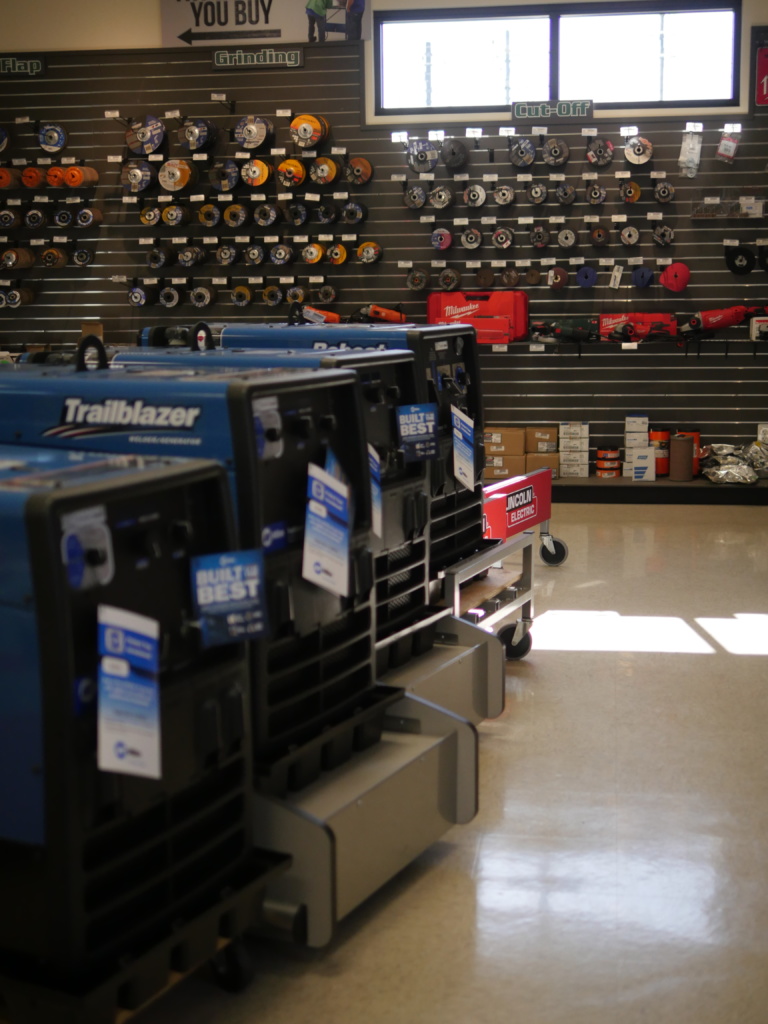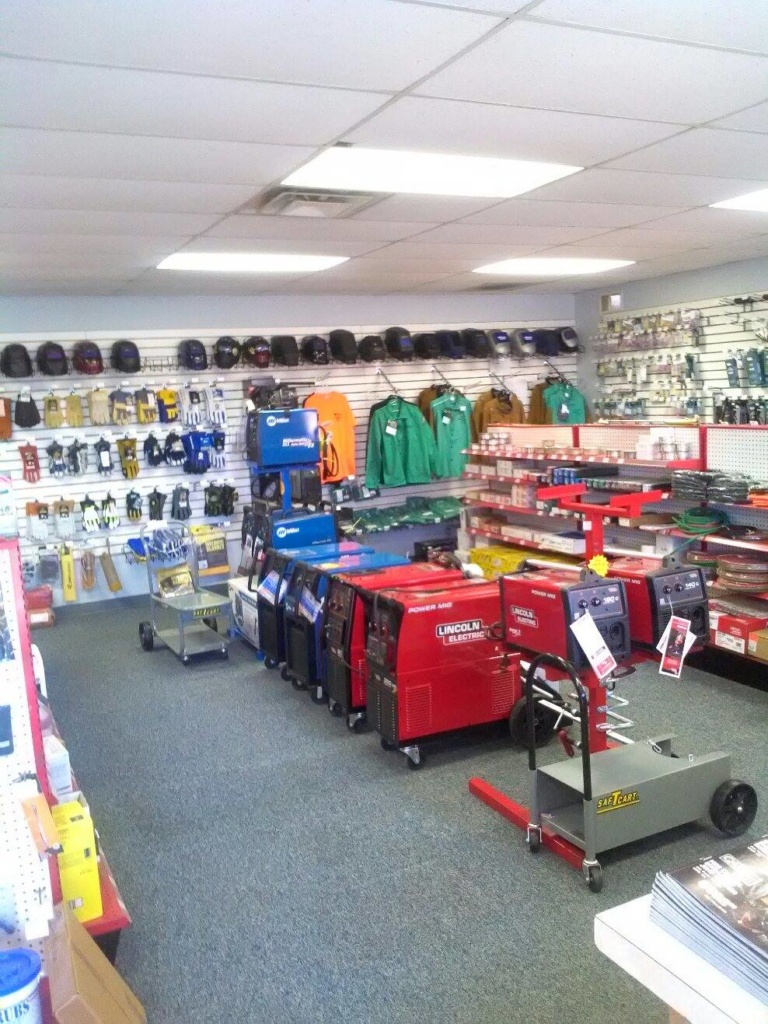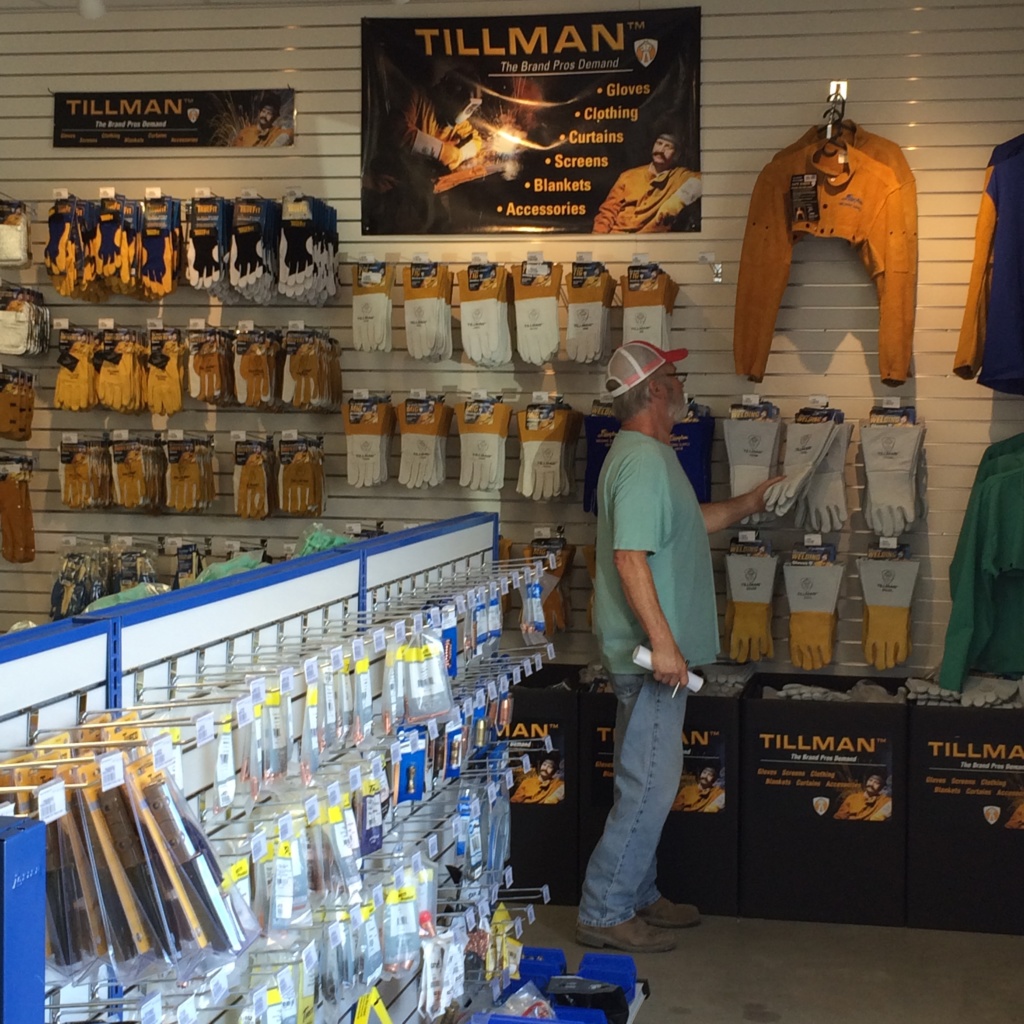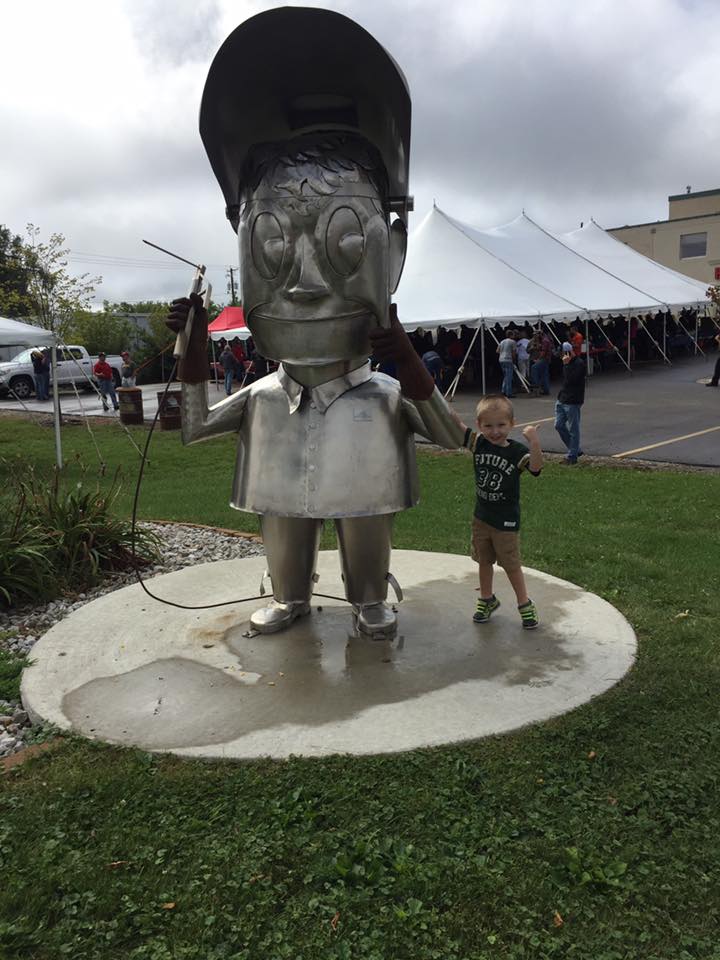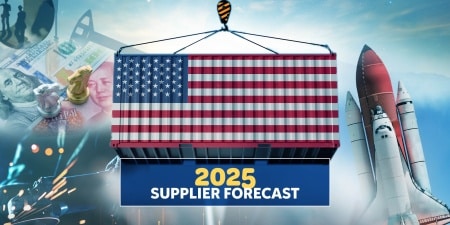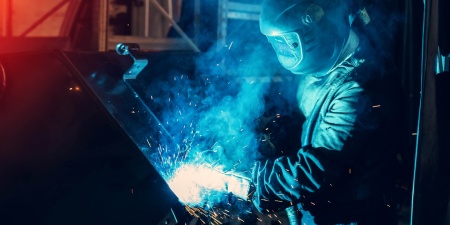And what happens on the sales floor can be fully contingent on the kind of greeting received, the availability of the sought-after merchandise, the conditions of the showroom floor, the expertise of the salespeople who serve, the competitiveness of pricing and an array of other factors, including the fickleness of customers, as distributors well know.
Some of those elements have a direct effect on the sale; other times, not so much. Buying decisions can be impulsive rather than carefully considered. Now and then, the elements that fuel a purchase are more esoteric in nature, hinging on the strength of a relationship, loyalty factors or ease of accessibility. Sales decisions sometimes come about through interest sparked at an open house, the ability to try a product before buying it and the potential of ongoing training assistance.
The “what if” factors of sales floor success are what GAWDA hardgoods retailers deal with day in and day out, even as they ponder the future of walk-in retail outlets. The manufacturers and suppliers of welding machines and hardgoods items are just as invested in the customer as distributor retailers are; both are dependent on how well sellers meet buyers’ needs and interests.
So how do GAWDA members trade on their stores’ “sales appeal”?
The next few pages present a roundtable discussion on that topic. Five diverse distributors offer their tips, insights and experience. They discuss innovations they’ve used to overhaul what they had, ideas to introduce new showroom features and taking a different view of what is offered to fulfill consumer needs. They share how these steps have helped assure that the sizable square footage dedicated to their sales floors results in corresponding revenues, and that their showrooms remain productive and sustainable components of their company’s business success.
What is your company’s philosophy on managing product sales and making use of the retail showroom floor?
It’s very important to us to have like items alongside like items so customers can make a clear choice. Many of our suppliers push their displays on us, understandably, but we have decided to remove almost all of them to make it easier for the customer to make a good buying decision. We have also designed and built our own machine displays to take up much less room and allow for 360-degree viewing and touching by the buyer.
We also insist on having as much inventory as possible and maintaining full pegs. The No. 1 complaint among men in the U.S. is “stock outs.” Although it is impossible to carry everything, we try and make sure that the part or item is at least available in one of our stores or warehouse, so it can quickly get to the customer. We have a courier who travels between most of our locations daily. Sometimes the part can be in a customer’s hand the same day, even if it wasn’t in stock at the store the customer walked into.
We try to have things displayed so that it’s appealing to walk into the business. We’re currently remodeling almost all of our stores, putting new slat wall in to try to improve the appearance for our walk-in trade.
Some of our stores are not heavy walk-in, but over the last year and a half, we’ve been doing total remodels. We’re removing gondola shelving and going all slat wall, increasing the openness and putting more machinery and equipment out on the floors. That allows us to put a whole lot more product in the same square footage, and it looks better than the old pegboard did.
We don’t treat counter sales as “just another thing we do” but as an important aspect of our operations in regard to sales and customer relations. Since each of our retail showrooms provides a good portion of total annual sales, we consider them a very important part of our company.
We know that if we have the best service, affordable prices and products available on hand, we’ll be able to earn repeat business, as well as a strong reputation as the go-to place in town.
We also use our showroom as a testing ground for new products. We can introduce a new brand or type of product we haven’t sold before, or rarely do, and get feedback before taking these out to our route customers. This helps us tell what works as far as sales tactics, and whether this is a product our customers actually want.
We want to create a positive experience that others will share. Our goal is to acknowledge all customers as soon as they walk into the showroom. This is our opportunity to build a relationship, if one doesn’t already exist.
That includes conveniences and courtesies such as having a popcorn machine where customers can grab a handful of popcorn while they look around. We also give away coffee, and in the summer, free bags of ice and water. If you’re a contractor and you come into our nice, air-conditioned showroom, you can fill your cooler full of ice, take a few bottles of water and hang out for awhile.
The way we use our retail showroom floor space is the first thing anyone’s going to notice when you walk in to a branch location – whether that is a customer or management. What catches my attention are these considerations: Do you have inventory, are you out of things, are there empty shelves or pegs on the slot board? Are current seasonal products on display? How is traffic flowing through the showroom? Showroom floor space is valuable and we need to make sure the correct products are on display and inventory appears available. When we create a new showroom floor, we aim to make it appealing, with great lighting, high ceilings and a lot of space to display products.
How is your company’s philosophy expressed in the way you present products – their availability, the effort you put into displays and promotion?
A study by the Wharton School’s Jay H. Baker Retail Initiative and the Verde Group reveals that, “Men buy, women shop.” Most of our customers (85-90 percent) are men, so we have worked on our stores to cater to what men want – to get in and get out quickly, without any clutter along the way, and it better be in stock! And, if he finds what he’s looking for fast, a man might then take the time and look around for more to buy, because he won!
We redesigned all of our stores to work this way – painted all the walls a dark charcoal color so the items stand out better in their colorful packaging; installed large, 6-inch lettered signs that depict the type of products in an area; designed our own user-friendly displays.
We produce fliers to coincide with in-store seasonal promotions. Our spring promotion had a construction theme to it, promoting discounted sale pricing on items such as generators, torch outfits, pipe and structural weld assist products, and safety products like hi viz vests, hard hats, rain suits, etc. At Christmas time, we produce an additional flier with ideas for gifts and stocking stuffers, as well as our regular winter promotion.
We also offer some services that make our customers’ buying decisions happen easier and better. One service is, “try before you buy.” This allows customers to demo a machine to ensure it is what he is looking for and needs. Another promotion is offering a free four-hour welding class with any machine purchase.
We’re pretty open and we don’t micromanage. We allow our stores and managers to decide what they need to stock because every one of our markets is different. We want the store to be inviting and clean and we want the customer to be able to see something new. We rearrange product displays on occasion to make people look for things. We’re hoping that what they see that’s new is one of those higher-margin items.
We wanted to improve the appearance of our stores, so the decision was made to make the change and get modern. The new generation of customers wants to see something that looks good. If they don’t see that, they’ll just go online and order what they want. That’s what we’re up against right now. For the customer, it’s a question of, are you going to go someplace that looks nice or go to a run-down old welding supply? We want to be more like what you expect to see when you walk into the big-box kind of place. Everybody’s having to update just as a method to combat some of that online selling.
They say you have to spend money to make money. We’ve just completed a complete remodel, spending in excess of $100,000 for our biggest store. Another store is in total remodel at a cost of about $250,000. When we complete all our stores, the work will nose over $1 million. That doesn’t count the new store we just built (No. 14), in Jonesboro, Ark.
We don’t really try to reinvent the wheel, we just do whatever we can so customers think of us first. As a family-owned and -operated company, we feel our reputation is built on the level of personable and knowledgeable service we provide. That includes making sure our showrooms look top-notch and have a well-stocked supply of the products our customers prefer.
We learn what our customers want and need and then keep those things on hand, including brands at different price points to provide options. We let customers know that if we don’t have exactly what they’re looking for, we’ll find it for them. Our showroom displays aren’t overcrowded, are easy to navigate through and provide a large portion of various stocking items.
If you are walking into our store, you need something. We take pride in saying, “we have it.” We utilize our endcaps to take advantage of vendor promotions and seasonal specials. All of our showrooms are equipped with kiosks. The kiosks run specific content which is designed to educate and entertain our customers. Each store manager is empowered to select content from our YouTube playlist that they feel is most effective. It seems to be popular; it’s like what you’d experience in other retail environments.
We want customers to see a lot of different products and make sure that the store shelves are fully stocked.
We acknowledge the customer immediately. Then, we treat them as you would a guest in your home – offer coffee, water, a soft drink, ask, ‘What can we do for you, how can we help you, what are you looking for today?’ We steer them in the right direction and just converse with them. There’s nothing really tricky about it, it’s just providing great customer service.
We’ve recently outgrown a number of locations and have had to build new buildings. We built four new buildings in the last three years – two within the past year. They’re all very similar, but what’s stocked is up to the branch manager and their vision of their customer base and what they want to see. We have a tremendously talented team at each of our 16 branches. Our branch managers are in tune with their market segments and customer base, allowing them to manage product sales and inventory at the branch level. It’s those guys who are doing these things, and they’ve done a tremendous job of growing their sales and outgrowing their buildings – that’s their success and their reward.
What is your best or most successful promotion – or the tactic that influenced showroom sales the most?
Events are our most successful promotions. We had the Miller Road Show here for two days in April; just under a thousand people showed up. Our store sales doubled and tripled previous records and we created many new customers. We promoted it through local TV commercials and radio ads targeted to men aged 16 – 64. We brought in a local car buff celebrity, invited other safety and welding vendors, served barbecue, handed out gift bags, had a live band and had giveaways, including a couple of welding machines.
Other events have included hosting college football games at the Air Force Academy, tailgating with customers and treating them to Division One football; race viewing when our sponsored car is racing in NASCAR events, and safety barbecues on Friday afternoons at our stores, featuring many of our safety vendors and their new products.
Our biggest thing is an annual welding expo. We rent out the Verizon Arena and bring in all the vendors. Even for local open houses, vendors are required to demonstrate; we call it “arcing and sparking.”
Any open house or expo activity probably drives sales more than anything else. We did an expo in December and just had a customer come here in June, asking about items he saw at the expo in December; he had traveled 150 miles to attend our expo.
“Demo Days.” We have a Demonstration Lab that enables enables our customers to see for themselves by allowing side-by-side comparisons. We target-market to specific customers for our Demo Days promotions. There are multiple Demo Days every year; we like to do one every quarter.
We generate product interest in the Demo Days by employing multiple marketing strategies. They include using traditional sales leads from our sales funnel, mass marketing via multiple e-mail campaigns and flyers and handouts for all sales personnel. Additionally, our vendors are a key resource to the success of all Demo Days events. Depending on the size of the event, you can partner with the major suppliers; they bring in their fully loaded trucks and that helps bring legitimacy to the event.
We run promotions in the store and through our online retail site (weldingoutfitter.com) quite regularly. We use social media to spread news about sales, new products and product reviews and we boost ads to Facebook users. No one likes seeing the same spam email in their inbox each morning, so we use the technology Constant Contact tactfully, but this helps us reach local customers and anyone who signs up for email sales updates.
Our Facebook page for weldingoutfitter.com has the most “Likes” of any online welding retail site in the nation – 52,000 to date.
Still, one of the most successful things we do that affects showroom sales are annual open houses at our stores. Walk-in and route sales customers are invited to these one-day only events. We’ve built a strong tradition since these aren’t just a day for us to generate foot traffic and awareness; they are genuinely a customer appreciation day for us to say thank you. We offer free lunch and homemade liquid nitrogen ice cream (made right in front of show-goers), door prizes, welding/cutting contests and entertainment.
We once featured “Globe of Death” dirt bike riders onsite and hosted monster trucks and decommissioned tanks driving over junk cars, plus other forms of entertainment. These events bring people in for the show, and makes them think of us first when it comes to the supplies they need. Our flagship location, located in a town of about 27,000 residents, typically draws 2,500-3,000 people each year, all in one day.
We once ran a promotion that if you buy a pair of welding gloves, you get a second pair for $1. We sold a lot of gloves! We didn’t make a lot of money, but we sold a lot of gloves, and that got people in the door. It was a “doorbuster” idea, a loss leader, you might say.
What advice do you have for successful tactics that can inform and help other GAWDA companies? What other insights can you offer about sales floor strategy?
Improve your customer experience (CX)! This is the new marketing battleground, and since our customers have so many more choices on where to buy (internet), and they have much louder megaphones to voice their satisfaction or dissatisfaction (Google reviews), we at brick-and- mortar retail locations have to provide them with a great “customer experience.”
It’s not price, product or promotion, now it’s convenience and service. It’s knowing your customer’s name, offering a free beverage refreshment and helping them through the whole buying process.
We are working hard to train our associates and all new employees on the value of CX and what is best practice – and how customer service is not customer experience. This is so important now, since a new statistic (from a ComScore-UPS study) shows that 51 percent of U.S. consumers prefer to buy online now.
Modernize and maintain a clean and orderly sales floor. Put impulse items where people check out. I worked at a big-box retailer and what stuck with me was having impulse items at the point of checkout. We’ve rebuilt the sales counters at most of our stores, put in the same slat wall so we can hang things right at the counter. As we’ve all learned from the big-box stores, that’s where your margins are.
We’re really pushing our outside force to direct customers to visit our stores, whether that’s for personal items or if they need to pick up something for work. Our biggest advertisements are those guys out there in the field … who spend their days out in the trenches calling on customers. Our first instinct is to tell customers we can bring their item to them on the next trip. We invite them to come to the store and look, because there is so much out there. It’s just a matter of trying to push them to the store, without being pushy.
Social media has really seemed to help us for both our brick-and-mortar store sales and weldingoutfitter.com. Sending out a post that reaches 52,000 people allows us to promote an item or service, notify people of an upcoming event or just to say thank you all across the nation.
Training, training, and training. Our people have the knowledge to sell a wide variety of products. We have a senior employee as an internal trainer who shows the newer guys the ropes; he’s a key resource for us. We make use of a lot of online training. We encourage our folks to participate in training programs as part of their performance goals. We’re close to the Hobart School of Welding Technology, and they’re a key partner for us; the school has classes we send our folks to. There are schools at some of the majors that are on site, and we send our folks to those. If a new machine comes out, we’ll mandate that the manufacturer come out and show our guys the pros and cons of the machine. We’ve got the demo room, so we can bring people in. And we look for people to work for us who are thirsty for knowledge, people who have the passion to continue learning.
Weiler Welding has been in business since 1920. Back in 1974, Weiler Welding was arguably the first welding distributor to offer the innovative self-service supermarket approach to the industry. Weiler continues to embrace change. Within the past year, we jumped onboard with CNC plasma cutting tables. Prior to that we were kind of tentative about it, but we shored up our comfort zone as we continue to respond to the needs of our customers. We find where there’s a market, where there’s a demand, and where there’s a gap, and we’ve educated ourselves. We’ve made obligations to some of the manufacturers that we will support their products, and we continue to do well with those products.
We put a new display in several locations to see if we could grow sales in products targeted to HVAC and plumbing contractors. We don’t have a large market share of solders and fluxes, so we made a trial run using one particular vendor to see if we could grow sales. We also have a fairly new specialty gas plant that manufactures a lot of our gases, and that’s helping us grow our gas business plus expand our market share as well.
We have a number of success stories from each branch, most involving point-of-purchase displays. We believe product displays and promotions can drive sales. Manufacturers are enhancing their product displays and marketing efforts at the showroom level to increase their sales and market share. They’re competing for floor space and end caps, much like you see at the grocery store. We believe rotating product displays at the counter every month or two, with often-used tools, has increased revenue at the retail level.



